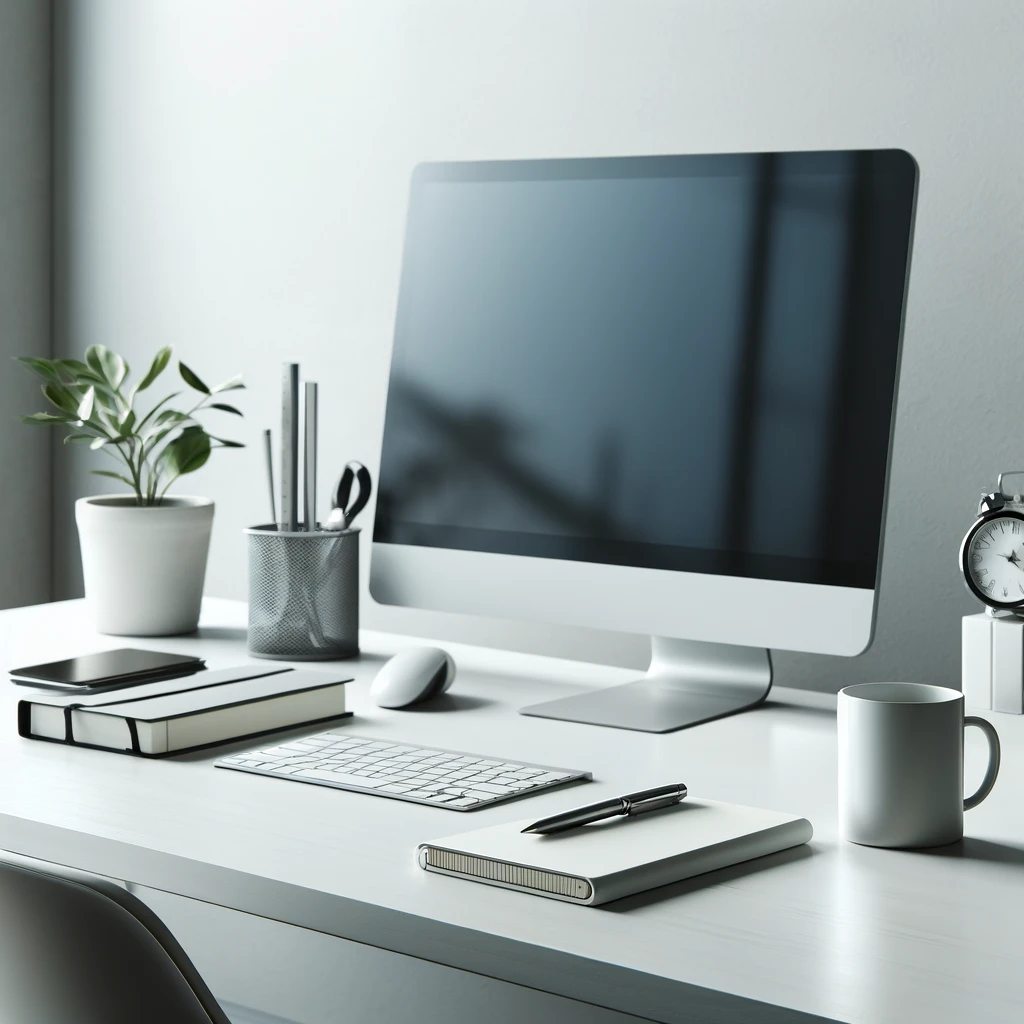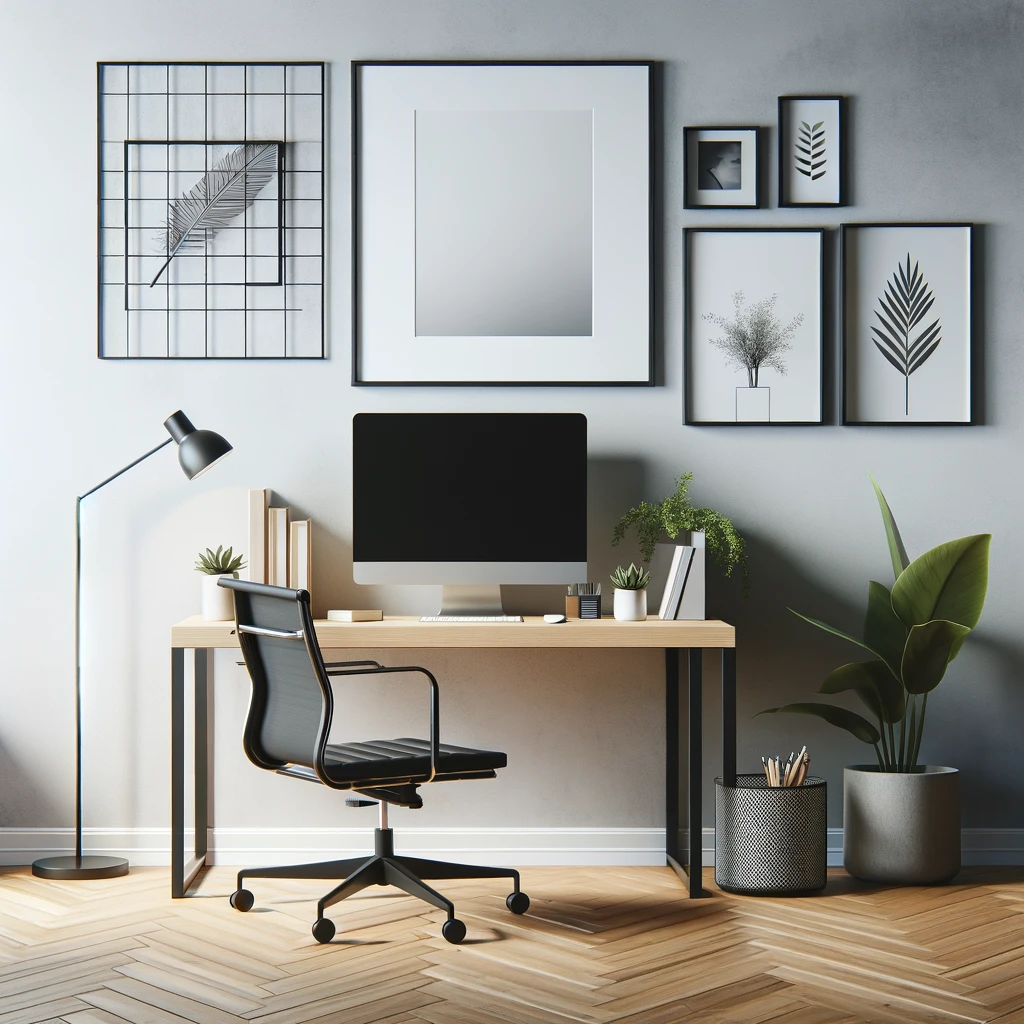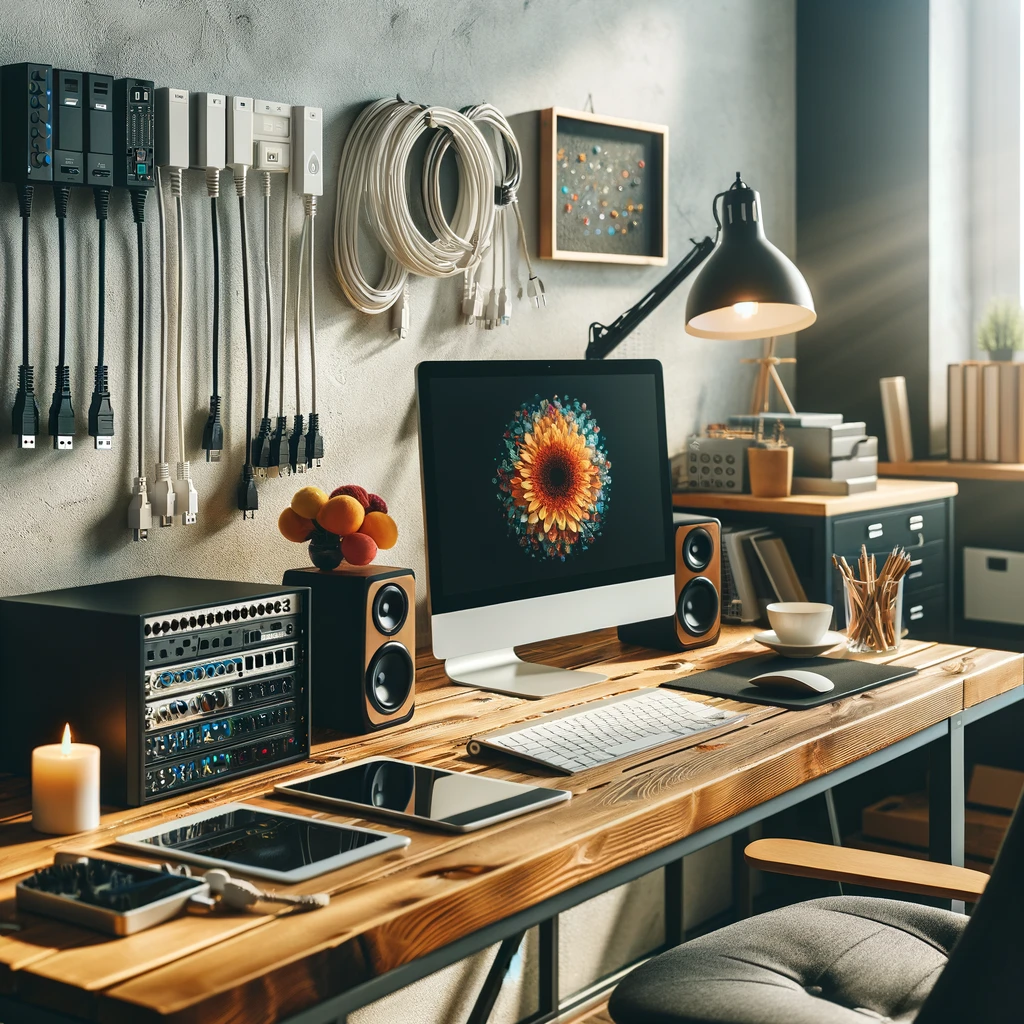A cluttered workspace can be a significant obstacle to productivity and focus. According to a study by the National Association of Professional Organizers, 83% of people feel more productive in an organized workspace. Whether you work in a bustling office, a quiet cubicle, or from the comfort of your home office, having an organized space is crucial for maintaining efficiency and peace of mind. Here are some effective strategies to on how to organize your desk, office, or cubicle at work.

Clear the Clutter
The first step in organizing your workspace is to clear out the clutter. This includes removing items that are no longer needed, such as old documents, broken office supplies, and miscellaneous items that have accumulated over time.
Steps to Declutter
- Sort through your items: Create piles for items to keep, donate, or discard. Be ruthless with items you haven’t used in months. This process helps you identify what truly needs to stay on your desk and what can be removed to create a more streamlined workspace.
- File important documents: Use labeled folders to organize paperwork. Consider using cloud storage account to digitize and store documents securely. Cloud storage not only reduces physical clutter but also makes it easier to search for and access important documents when needed. Dropbox offers features like file recovery, password protection, watermarking, and viewer history to keep your data secure. The AI-powered Dropbox Dash helps you quickly find and organize content. They offer a free plan, and the most popular plan is $10/month.
- Set a decluttering schedule: Regularly schedule time to keep your workspace clutter-free. Setting aside 10-15 minutes at the end of each week to tidy up can prevent clutter from accumulating again, making maintenance more manageable.
Optimize Desk Layout
An efficient desk layout can significantly improve your productivity. Arrange your desk so that frequently used items are within easy reach, and keep your workspace tidy by designating specific areas for different tasks.

Desk Layout Tips
- Keep essentials close: Items like your computer, phone, and notepad should be easily accessible to avoid unnecessary movements. This reduces the time spent searching for items and keeps you focused on your tasks.
- Use organizers: Desk organizers and trays can help keep small items in place, reducing the likelihood of clutter. For example, a drawer organizer can keep pens, paper clips, and other small items neatly arranged, so they are always easy to find.
- Arrange by frequency of use: Place frequently used items closer and less frequently used items farther away. This minimizes the time spent reaching for things, allowing you to work more efficiently.
Create a Minimalist Workspace
Adopting a minimalist approach can help reduce distractions and make your workspace more visually appealing. This doesn’t mean stripping your workspace bare, but rather keeping only what you need and what inspires you.
Minimalist Workspace Strategies
- Limit decorations: Keep personal items to a minimum to avoid clutter. Choose a few meaningful items that inspire you without overwhelming your workspace, such as a small plant or a motivational quote.
- Choose functional decor: Items like plants or motivational quotes can enhance your workspace without overwhelming it. Plants can improve air quality and create a more pleasant environment. Learn more about the benefits of fresh air.
- Regularly purge unnecessary items: Set aside time each week to tidy up and remove any new clutter that has accumulated. Regular maintenance helps keep your space consistently organized and prevents clutter from becoming overwhelming.
- Use neutral colors: Opt for neutral colors and simple designs to create a calming environment. This can help reduce visual distractions and create a more serene workspace.
- Prioritize functionality: Ensure every item on your desk has a purpose and contributes to your productivity. This approach minimizes unnecessary clutter and ensures that your workspace supports your work activities.
Implement a Filing System
A good filing system is essential for keeping your documents organized and easily accessible. Whether you prefer physical files or digital storage, consistency is key.
Filing System Tips
- Label everything: Clearly label folders and files to find documents quickly. Consistent labeling helps you locate what you need without wasting time searching through piles of papers. This goes for computer files as well.
- Use a consistent system: Choose a filing system that works for you, whether it’s alphabetical, by project, or by date. Consistency helps maintain order and makes it easier to retrieve documents.
- Categorize by priority: Arrange files by priority to access the most important ones quickly. For example, keep current project files at the front of your filing cabinet for easy access.
- Review periodically: Regularly review and update your filing system to keep it relevant and efficient. This ensures that your filing system continues to meet your needs as projects and priorities change.

Organize Cables and Electronics
Cables and electronics can quickly become tangled and messy, leading to a disorganized workspace. Keeping these items neat not only looks better but also makes it easier to use your devices.
Cable Management Tips
- Use cable ties: Keep cables bundled together to prevent tangling. Bundling cables together can prevent tripping hazards and make your workspace look cleaner.
- Label cables: Label each cable to quickly identify which device it belongs to. This reduces confusion and makes troubleshooting easier, especially if you have multiple devices connected.
- Invest in a docking station: A docking station can help manage multiple devices and reduce cable clutter. It provides a centralized location for all your electronic connections, making it easier to manage.
- Route cables strategically: Use cable clips or channels to route cables neatly along desk edges or under the desk. This keeps cables out of sight and out of the way, reducing visual clutter.

Encourage a Productive Environment
An organized workspace is only part of creating a productive environment. Consider other factors like lighting, ergonomics, and personal comfort to maximize your efficiency.
Productivity Tips
- Ensure proper lighting: Good lighting reduces eye strain and increases focus. Natural light is best if possible, but adjustable lamps can also be effective for creating the right lighting conditions.
- Personalize your space: Add a few personal touches that make you feel comfortable and motivated. Choose items that inspire you and boost your morale, such as family photos or motivational quotes.
- Control noise levels: Use noise-canceling headphones or white noise machines to minimize distractions. A quiet environment can greatly enhance focus and productivity.
- Create a routine: Establish a daily routine that includes breaks to maintain productivity and avoid burnout. Regular breaks can improve focus and prevent fatigue, leading to higher overall productivity.
- Invest in ergonomic furniture: See our picks for the best ergonomic office chairs for back pain.
Maintain Your Organized Workspace
Once you’ve learned how to organize your desk, office, or cubicle at work, maintaining it is crucial. Develop habits that will keep your workspace tidy and efficient.
Maintenance Tips
- Weekly organization: Set aside time each week to file documents and declutter. Regular maintenance prevents clutter buildup and ensures that everything remains in its designated place.
- Keep supplies stocked: Ensure you have all necessary supplies to avoid disruptions during work. Running out of essential supplies can interrupt your workflow and reduce productivity.
- Stay disciplined: Maintain discipline with your organization habits to ensure a consistently tidy workspace. Consistency is key to long-term organization and productivity.
Wrapping Up: How to Organize Your Desk, Office, or Cubicle at Work
By following these tips on how to organize your workspace, you will not only boost your productivity but also enhance your overall work experience. So, take the time to declutter, arrange, and maintain your space—you’ll thank yourself for it every day.
Subscribe to the Gorilla Gazette Newsletter below for more tips on productivity, organization, and living a balanced life. Next, read about rewarding yourself for developing and sticking to your organization habits and increased productivity.


Leave a Reply